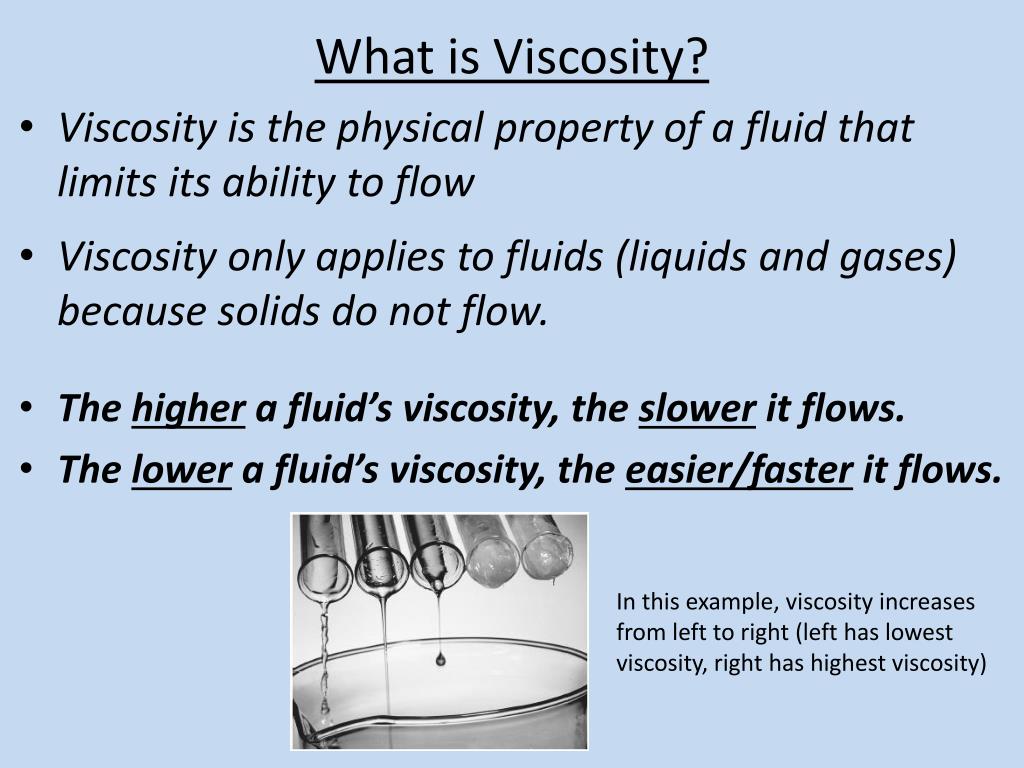

L – 1 aqueous solution of NaCℓ at 18 ° C).The addition of dissolved salts generally increases the surface tension (= 74.6 mN Surface tension decreases with increasing temperature. It is such that it causes a capillary rise of 15 cm at 18 ° C in a tube 0.1 mm in diameter. It is defined as a tensile force which is exerted on the surface of the liquid while always tending to reduce the extent of this surface as much as possible. It characterizes a property of interfaces (surfaces limiting two phases). As the pressure continues to increase, the water takes on a liquid structure devoid of internal stress and follows the general rule, that is, viscosity increases with pressure. Unlike other liquids, moderate pressure makes water less viscous at low temperatures: it somehow crushes its molecular organization. Pressure acts in a very special way on the absolute viscosity of water. On the other hand, it increases with the content of dissolved salts seawater is therefore more viscous than river water. The viscosity of water decreases with increasing temperature. The kinematic viscosity v defined by the ratio of the dynamic viscosity µ to the density ρ of the fluid: T: tangential stress kinematic viscosity of water s – 1) in a direction y (in m) perpendicular to the sliding plane :.The dynamic (or absolute) viscosity µ defined by the ratio of the tangential shear stress T (in Pa) to the speed gradient V (in m There are two types of viscosity: Dynamic viscosity of water The kinematic viscosity n is equal to the ratio of the molecular viscosity of the fluid to its density. Viscosity varies inversely with temperature. Liquids have a higher viscosity than gases: the molecules are closer to gas: the molecules are closer together, bonds are established between them which increase the cohesion of the whole. Molecular viscosity is denoted by µ it is expressed in N.s.m-2. The addition of a small amount of suspended or dissolved substance can greatly increase the viscosity of the liquid.

Measurement of the resistance of a fluid to change of shape: viscosity determines the speed of movement of the fluid (for example, the speed of movement of a spoon in a bowl: the more viscous the liquid, the slower the movement). If the temperature drops, it's the other way around. If the temperature rises, the molecules of the fluid move apart and the density decreases. It corresponds to the number of molecules contained in the volume. It is the measure of the mass present in a certain quantity of fluid. The gases tend to occupy all the available space they are compressible. Liquids are generally considered to be non-compressible they keep the same volume whatever their shape. Its shape is preserved only if a solid body limits it. Liquid water is a fluid, a deformable substance without its own form, which changes shape under the action of an external force applied to it. Density and viscosity of water Density and viscosity of water


 0 kommentar(er)
0 kommentar(er)
